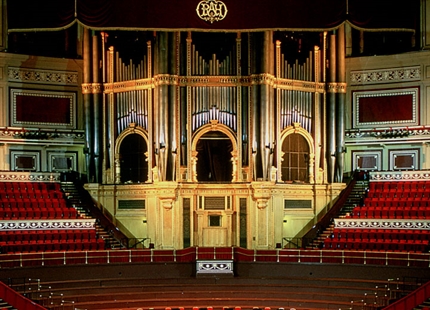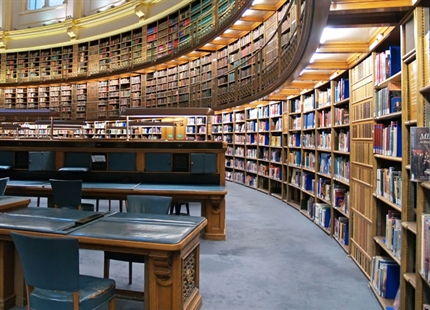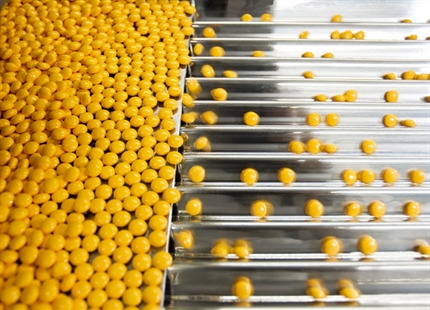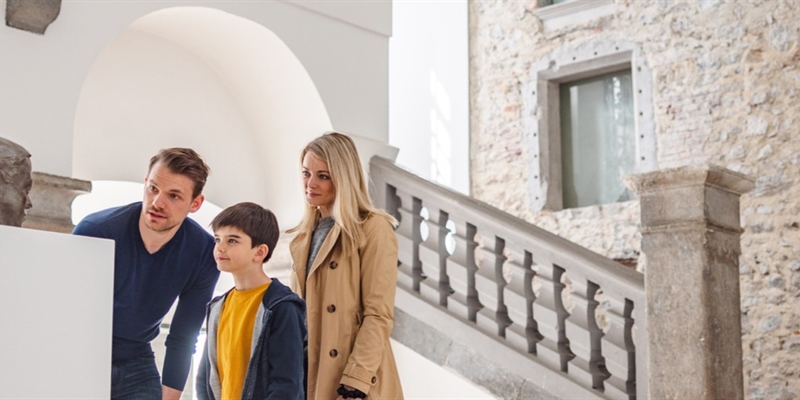
Contact us today to learn more about humidification for Art Galleries & Museums

Why Humidify... For Art Galleries and Museums
Art galleries and museums around the world include a broad range of objects with widely differing ages: dinosaur bones, stone-age flutes made of mammoth tusks, sensitive photographs, paintings with thick layers of paint, contemporary sculptures. In all cases, the building has to maintain and protect the objects displayed and stored inside.
Excessively dry air
Dry air absorbs humidity from objects, their weight is reduced and they contract. In the case of humid air, it is the other way round. Climatic fluctuations thus keep the objects in permanent movement and sooner or later a crack appears on the canvas or the color gilding chips off the baroque sculpture. Stabilization of the relative air humidity helps avoid tension in the material texture of the exhibits, the Building Climate Institute emphasizes.
The preservation of enshrined cultural artifacts generally requires a constant indoor climate which is defined within relatively tight limits [2]. This climate has to be technically created. The air requires humidification — at least periodically. The values reached are measured using measuring systems. Nowadays, due mainly to lease agreements, international indoor climate values of between 50 and 55 ±5% RH and 20°C are required [2]. The American ASHRAE standard formulates corridors for the indoor climate in even greater detail — from the narrowest AA to D. The narrowest climate corridor specifies RH = ±5% and T = ±5 K as long-term tolerance with seasonal adjustment. Positive from a conservational viewpoint is that there is a slow, seasonal adjustment of the indoor climate to the outdoor climate which lies within these limits.
Climatic fluctuations
The external climate and the relative air humidity show significant seasonal fluctuations. In winter, the RH is sometimes extremely low. In summer during rainfall, 100%. The external space and inner areas are more or less closely related at all times.
This means that a change of the external climate is also noticeable indoors and can be even more pronounced there. Especially short-lived fluctuations of the indoor climate are harmful in the long term.
Therefore, a change of the RH during one day may not be allowed to exceed 5%. During one hour, the fluctuations have to be below 2.5%. Basically, a change should be as minor as possible, while the frequency of fluctuations should be kept as low as possible [3]. For particularly sensitive exhibits, there are special display cases. They may be damp-proof only, equipped with humidity regulation, or even fully air conditioned.
Sensitive wood products
Each material has specific demands on its ambient climate. Metal, stone, canvas, oil, wood, leather, paper or ivory react differently to humidity and temperature fluctuations. Works on paper, wood, canvas or parchment are among the most sensitive objects. The main raw materials of our papers are plant fibers, textile fibers and wood pulp. These are strongly hygroscopic materials. By absorbing indoor humidity and releasing material humidity, they follow all humidity fluctuations in the environment. These exchange processes require the expansion or contraction of the material through a change of dimensions of the wood cells.
This is expressed by warping of parchment or paper, or by tears or bubbles on panel and canvas paintings or on color-gilded sculptures. On papers, humidity fluctuations lead to a displacement of soluble components such as the ink. Specialist terms here are ink corrosion and copper corrosion.
Fabrics, photographs, metal and stone
In textile objects, excessively low air humidity advances the fragility of the tissue. In photographic objects, substrates and binding agents become fragile and brittle in environments with low RH. Comfortable in a climate of between 20 and 60% RH, stone and ceramic can tolerate a low air humidity.


Benefits of working with Condair on your art gallery and museum humidification project:



Art Galleries & Museums FAQ'S
Art Galleries & Museums FAQ'S
-
Humidification provides several benefits to art galleries and museums. Firstly, it helps to prevent the drying out or over-hydration of artwork, ensuring their structural stability and integrity over time. Secondly, maintaining appropriate humidity levels helps minimize the risk of mold growth, which can be detrimental to both artwork and visitors' health. Lastly, by controlling humidity, museums can create a comfortable environment for visitors, enhancing their overall experience.
-
High humidity levels can cause materials to absorb excess moisture, leading to mold growth, warping, and degradation. On the other hand, low humidity can cause materials to dry out, leading to shrinkage, cracking, and brittleness. Both scenarios can result in irreversible damage to artworks and artifacts. Additionally, inconsistent humidity levels can cause stress on materials as they expand and contract, accelerating their deterioration. Therefore, proper humidification is crucial to preserving the cultural and historical value of art collections.
-
The relative humidity for art galleries and museums will fluctuate depending on the art work and artifacts in the building. An RH between 40-60% is typically optimal.


Humidity for Art and Artifacts
The preservation of enshrined cultural artifacts generally requires a constant indoor climate which is defined within relatively tight limits. Watch this short video to learn more.



Humidification for Art Galleries and Museums
Museums and art galleries around the world include a broad range of objects with widely differing ages - the building has to maintain and protect the objects displayed and stored inside.


Why Humidify... For Egg Incubators

Medical device manufacturing humidification

Why Humidify... For Concert Halls

Why Humidify... For Crop Storage

Why Humidify?... 5 Important Points for HR Managers to Consider

Why Humidify... For Hospitals and Care Facilities

Archives & storage

Why Humidify... For Pharmaceutical Manufacturing

Why Humidify... For Offshore Oil & Gas Platforms


